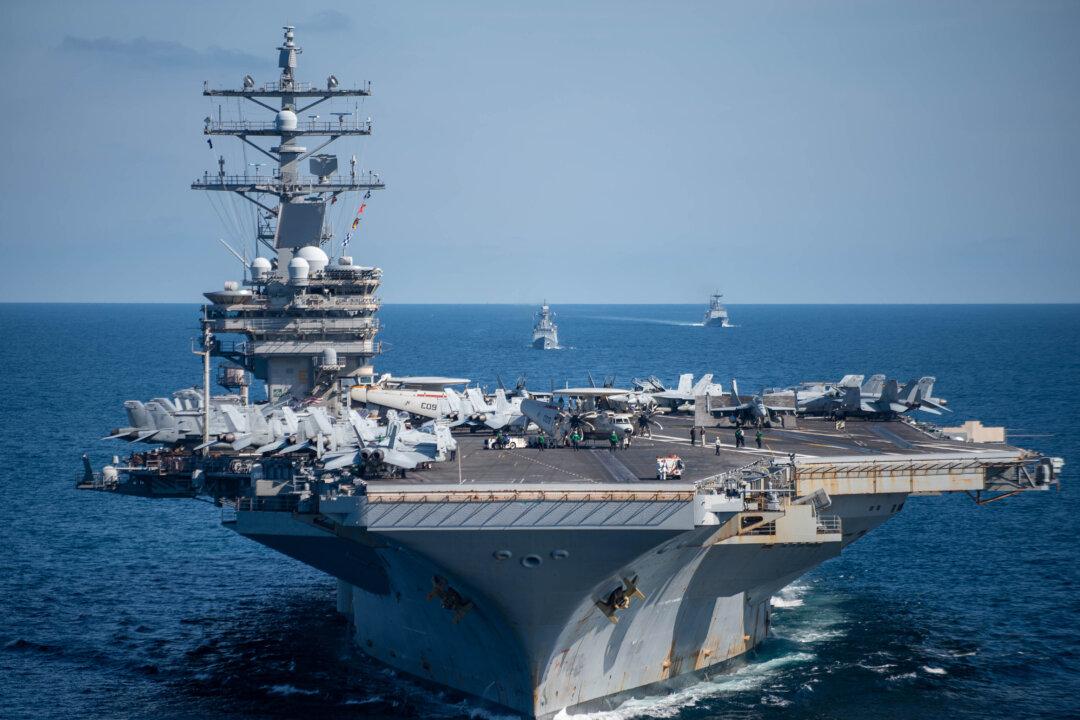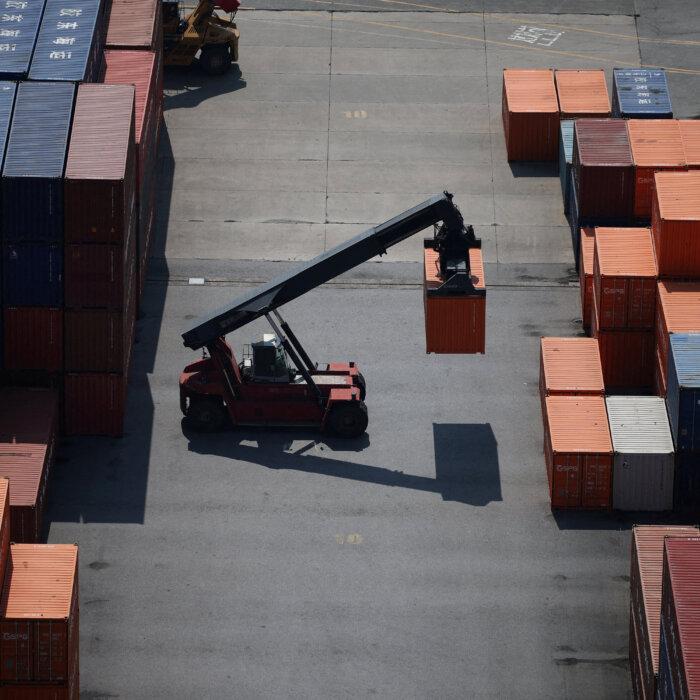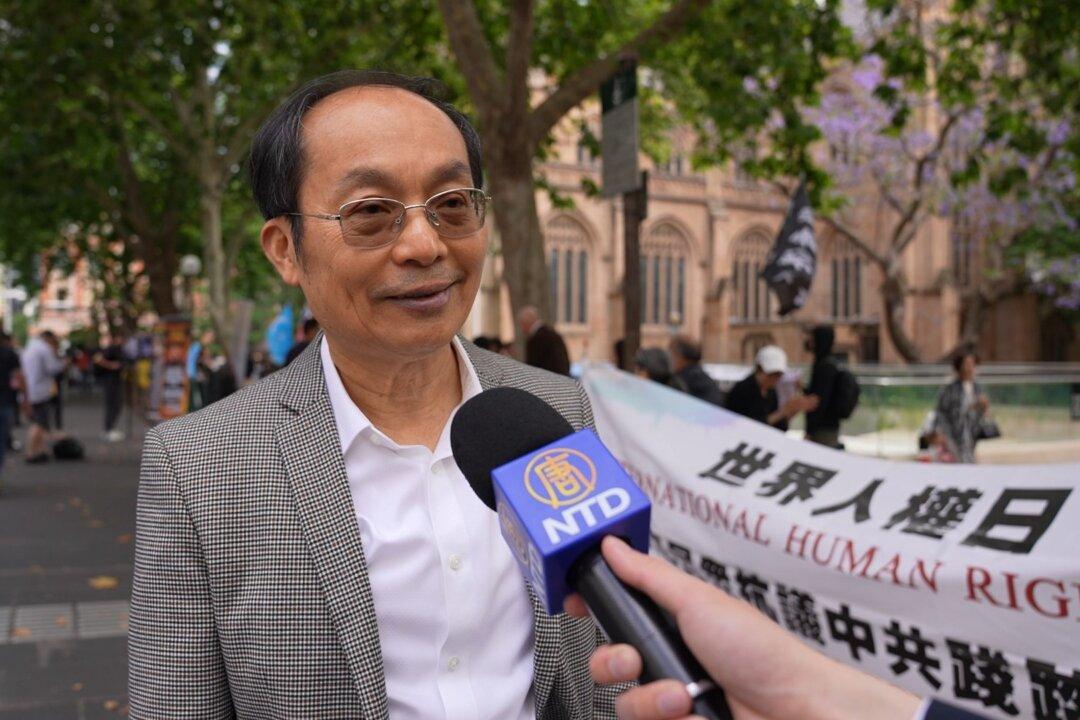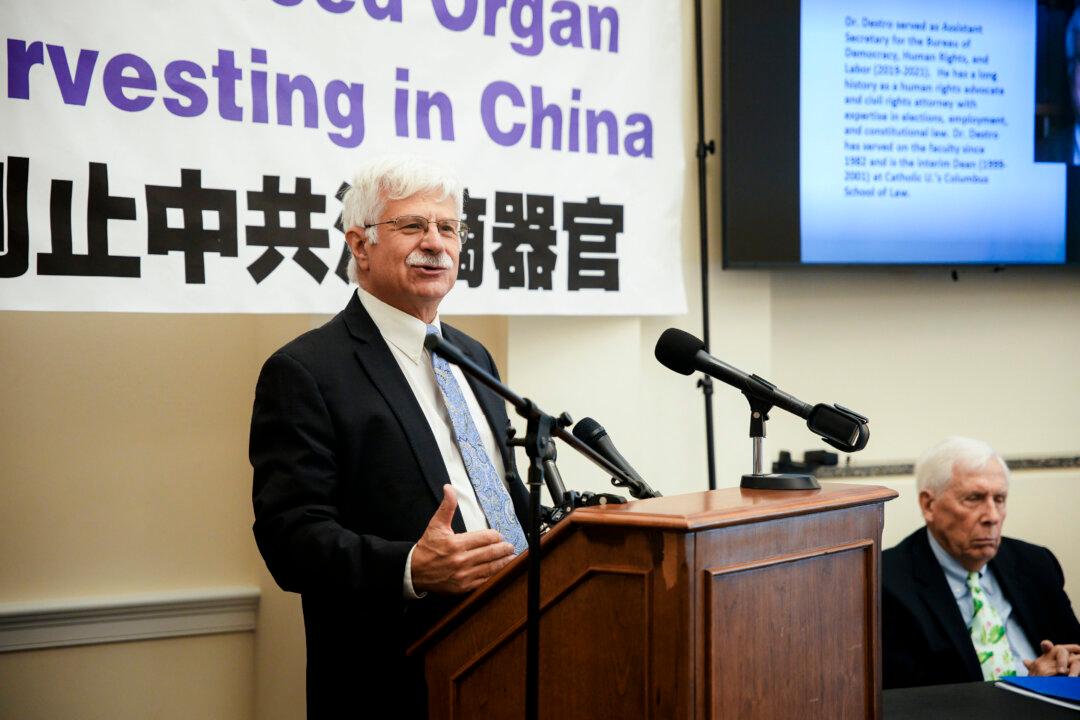The United States is requiring South Korea to support its strategy of containing communist China as a condition for bilateral shipbuilding cooperation, a South Korean official said on July 11.
Speaking at a parliamentary forum on tariff negotiation strategy, Chang Sung-gil, director general for Trade Policy at South Korea’s Ministry of Trade, Industry and Energy, said the Trump administration has made its expectations clear.
“The prerequisite for the shipbuilding cooperation is South Korea’s participation in Washington’s efforts to contain China,” Chang told lawmakers.
Chang’s comments come amid ongoing trade talks between Seoul and Washington. South Korea is actively seeking exemptions or reductions in U.S. tariffs on its critical exports, such as cars and steel, as Washington seeks to reduce its trade deficit. The urgency intensified following President Donald Trump’s July 7 announcement of a new 25 percent tariff on South Korean imports, set to take effect on Aug. 1 unless a bilateral agreement is reached.
Shipbuilding as Strategic Front Line
According to Chang, U.S. policymakers view China’s booming shipbuilding sector as a direct threat to the industrial and military capabilities of America and its allies.China now outpaces the United States by a staggering margin, with an estimated shipbuilding capacity more than 230 times that of America, and a navy that is the world’s largest in terms of fleet size.
Washington is regarding South Korea as “a strategic partner to defend the American industry,” Chang said.
Trump began signaling a strong interest in bilateral shipbuilding collaboration immediately after his November 2024 re-election. In his first call with now-impeached South Korean President Yoon Suk Yeol, he emphasized the importance of leveraging South Korea’s technical edge in warship design, repair, and maintenance.
Necessity of a Shipbuilding Alliance
The United States was once a global leader in shipbuilding—particularly during and immediately after World War II—producing the majority of the world’s naval and commercial vessels.However, the U.S. shipbuilding industry has faced a significant decline since the 1980s, largely due to the withdrawal of federal subsidies. This policy shift left American shipyards unable to compete with heavily subsidized foreign rivals, especially in Asia. Rising labor and material costs, combined with an inconsistent flow of contracts, made it increasingly difficult to sustain the necessary infrastructure and workforce. The result was a dramatic reduction in industrial capacity and widespread job losses.
By contrast, South Korea and China have emerged as dominant forces in the global shipbuilding landscape.
South Korea rose to prominence in the 1980s and 1990s through rapid technological advancement, while China’s ascent—beginning in the 2000s—was driven by strategic government investment as part of the Chinese Communist Party’s broader industrial and geopolitical agenda.
Today, China holds approximately 50 percent of global shipbuilding orders, dominating in overall capacity and volume.
South Korea, meanwhile, is recognized for its leadership in high-value sectors such as liquefied natural gas carriers, eco-friendly vessels, and advanced military ships. Its shipbuilders consistently secure some of the world’s most complex and technologically sophisticated orders, positioning the country as an essential partner in any U.S. effort to rebuild naval capacity.







